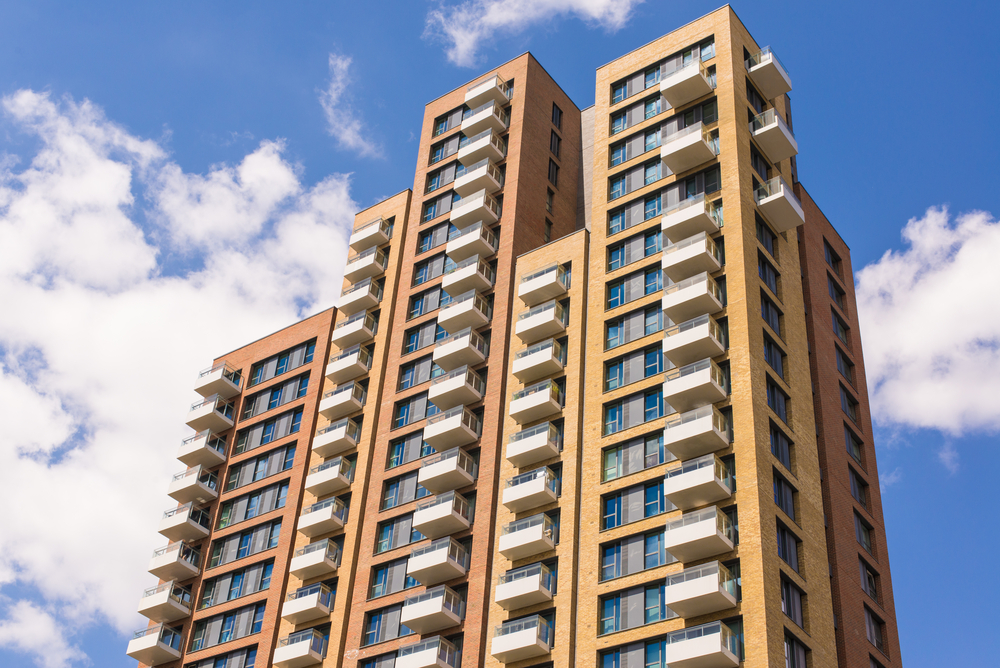Household Bills
Leaseholders faced 50% service charge hike over past five years

The average service charges for flats in England and Wales have increased by 51.7% since 2018, mostly due to additional fire safety measures, research from a real estate firm has found.
Estate agents Hamptons issued its first service charge index which showed that with the average service charge now standing at £1,431 a year or £119 a month, noting that leaseholders will pay a total of £7.6bn this year.
In 2018, service charges averaged £943 each year and this was the last time the fee was below £1,000.
A 37% rise was recorded between 2018 and 2019, which resulted from measures put in place following the 2017 Grenfell fire.
Since 2022, the average annual service charge has risen by 8% which Hamptons said was in line with inflation.
Currently, the average one-bed service charge is £1,287 each year, which is the same as was charged on a three-bed in 2018.
The average leaseholder in a two-bed flat will pay £1,426, and someone in a three-bed will face a £1,876 annual charge.
Higher charges in London
The average service charge is highest in London at £1,792 per year. This is 25% higher than the average across England and Wales. It also reflects the higher cost of living in the city as well as buildings with more amenities.
A fifth of London’s leaseholders who live in flats pay more than £4,000 each year for service charges, compared to 11% of people in England and Wales.
Smaller blocks and converted houses typically have lower service charges, Hamptons said.
For properties with less than five flats, the average annual service charge comes to £1,309. The company said this could be down to limited communal space and grounds, as well as residents taking care of the maintenance themselves.
Around half of the flats in England and Wales are in blocks of 20 or more and the average annual service charge applied to these properties is £2,606. This is 99% higher than the smallest blocks.
Hamptons said this was down to the complexity of larger buildings and additional services.
The company’s figures include flats where a service charge is paid each month but excluded houses and a small number of flats which have no formal arrangement.
Impact of cost of building materials
David Fell, lead analyst at Hamptons, said: “The last few years have brought some degree of relief for leaseholders with increases in service charges tracking inflation. The big hike in service charges came nearly five years ago and was wholly a product of historic fire safety failures in larger blocks. The higher bills were put towards expensive short-term fixes such as waking watches, or medium-term structural remedies which sat outside the scope of either the government’s or developer’s funds. But in most cases, these hefty increases should be behind leaseholders now.
“More recently, leaseholder premiums have been bumped up by the increased cost of building materials and insurance. Energy-intensive construction products and anything containing a microchip are however still recording double-digit value increases.”
He added: “While recent falls in the cost of some building materials and energy costs should start feeding through into lower charges for residents, it won’t happen overnight. Commercial contracts for communal utilities are exempt from the price cap with many freeholders signing fixed commercial agreements at higher prices, meaning some leaseholders will have to wait to see the benefit of falling prices.”